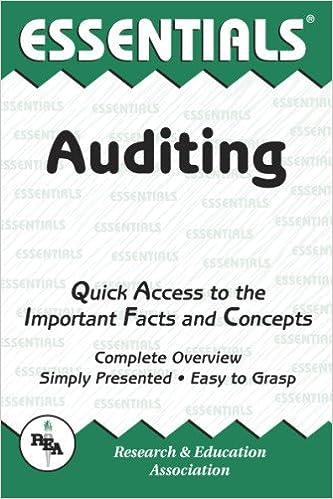Dobits credits Analyzing the Effects of Transactions in T-Accounts Lisa Frees and Amelia Ellinger had been operating a catering business for several years. In March 2014, the partners were planning to expand by opening a retail sales shop and decided to form the business as a corporation called Traveling Gourmet, Inc. The following transactions occurred in March 2014: 1. Received $80,000 cash from each of the two shareholders to form the corporation Gave the two owners each 500 shares of common stock with a par value of $1 per share. 2. Purchased a vacant store for sale in a good location for $360,000, making a $72,000 cash down payment and signing a 10-year mortgage from a local bank for the rest. 3. Borrowed $50,000 from the local bank on a 10 percent, one-year note. 4. Purchased and used food and paper supplies costing $10,830 in March; paid cash. 5. Catered four parties in March for $4,200; $1,600 was billed, and the rest was received in cash. 6. Made and sold food at the retail store for $11.900 cash. 7. Received a $420 telephone bill for March to be paid in April. 8. Paid $363 in gas for the van in March. 9. Paid $2,000 in wages to employees who worked in March. 10. Paid a $300 dividend from the corporation to each owner. 11. Purchased $50,000 of equipment (refrigerated display cases, cabinets, tables, and chairs) paid cash. 12. Sold Equipment with a cost of $12,000 for $11,000 cash. 13. Paid $2,000 for interest on notes payable. 14. Bought an investment on March 1" for $80,000 15. Received interest on investment of $5,000. 16. Income taxes are 20%. Required: 1. Prepare journal entries for each transaction. (Remember to check that debits equal credits.) 2. Set up appropriate T-accounts for Cash, Accounts Receivable, Supplies, Investment, Equipment, Building, Accounts Payable, Note Payable, Mortgage Payable, Common Stock, Additional Paid-in Capital, Retained Earnings, Food Sales Revenue, Catering Sales Revenue, Supplies Expense, Utilities Expense, Wages Expense, Fuel Expense, interest expense, loss on sale of equipment and investment income. 3. Record in the T-accounts the effects of each transaction for Traveling Gourmet, Inc., in March. Identify the amounts with the numbers starting with (D). Compute ending balances. 4. Prepare an income statement to determine the net income (use proper format)







